
Inspiring Germany
Stroll through 8 beautiful flower parklands
From April to October you can enjoy enchanting flower gardens or artistically designed parks. The scenery changes with every month into the golden month of October.
The beauty of Lake Constance: Mainau Island
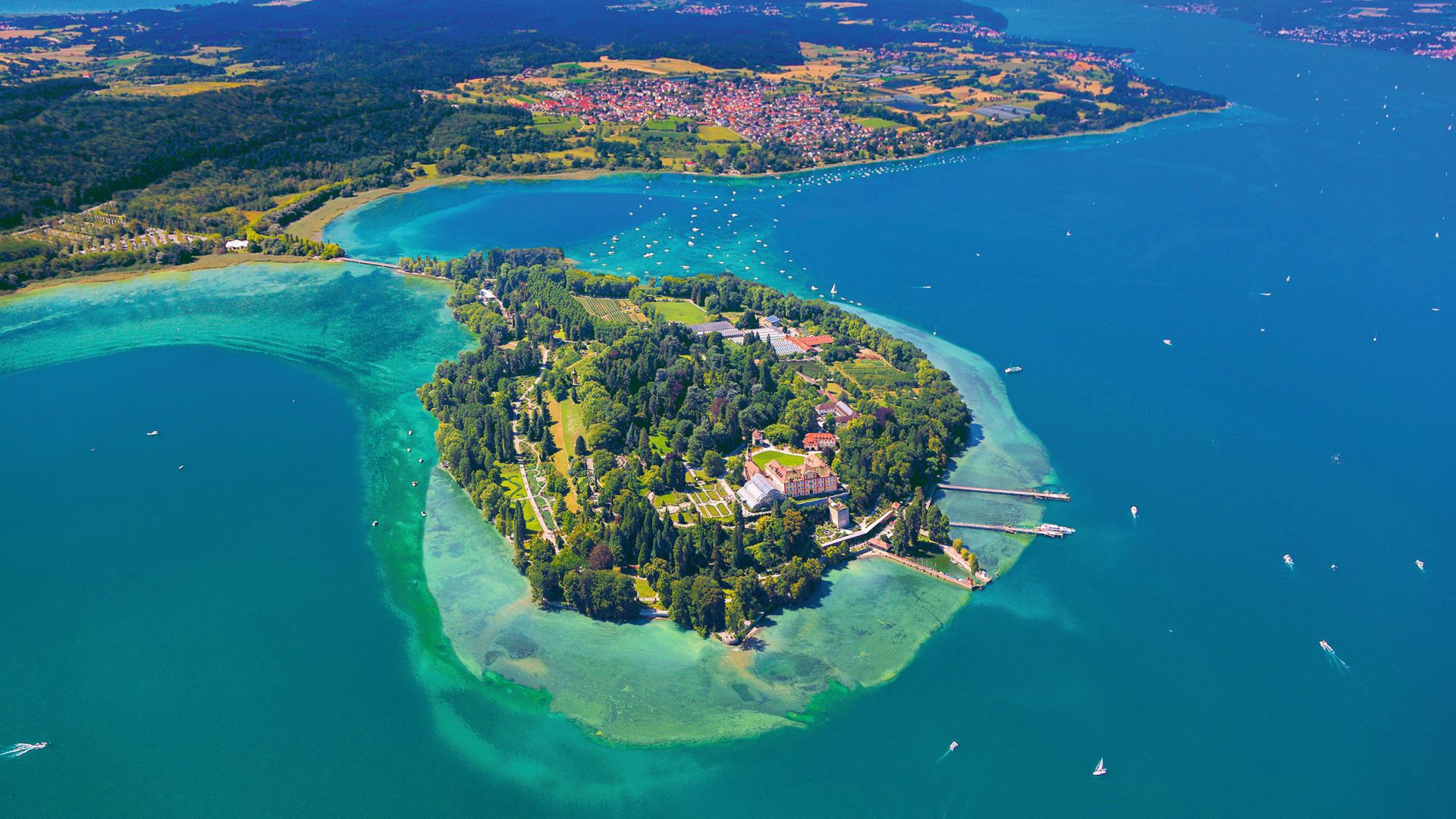 Lake Constance: Aerial view of the Island of Mainau Island in summer
©Mainau GmbH (Achim Mende)
Lake Constance: Aerial view of the Island of Mainau Island in summer
©Mainau GmbH (Achim Mende)
You can reach the flower island of Lake Constance via a narrow access road "over" the water. Here you will experience lush blossoms all year round, a park with trees that are more than 150 years old, and the baroque splendour of the castle grounds and church within the Mediterranean setting of this privately-owned island. Count Lennart Bernadotte († 2004), the great-grandson of Grand Duke Frederick I, transformed the overgrown park into a flower and plant paradise and opened the island to the public. Today the island is in the care of Bettina Countess Bernadotte and Björn Count Bernadotte who strive to maintain an oasis of natural beauty, harmony and relaxation for visitors from all over the world, recreating it ever anew. The island is sure to enchant visitors of all ages, at any time of year!
The green heart of the Bavarian metropolis: Munich's English Garden
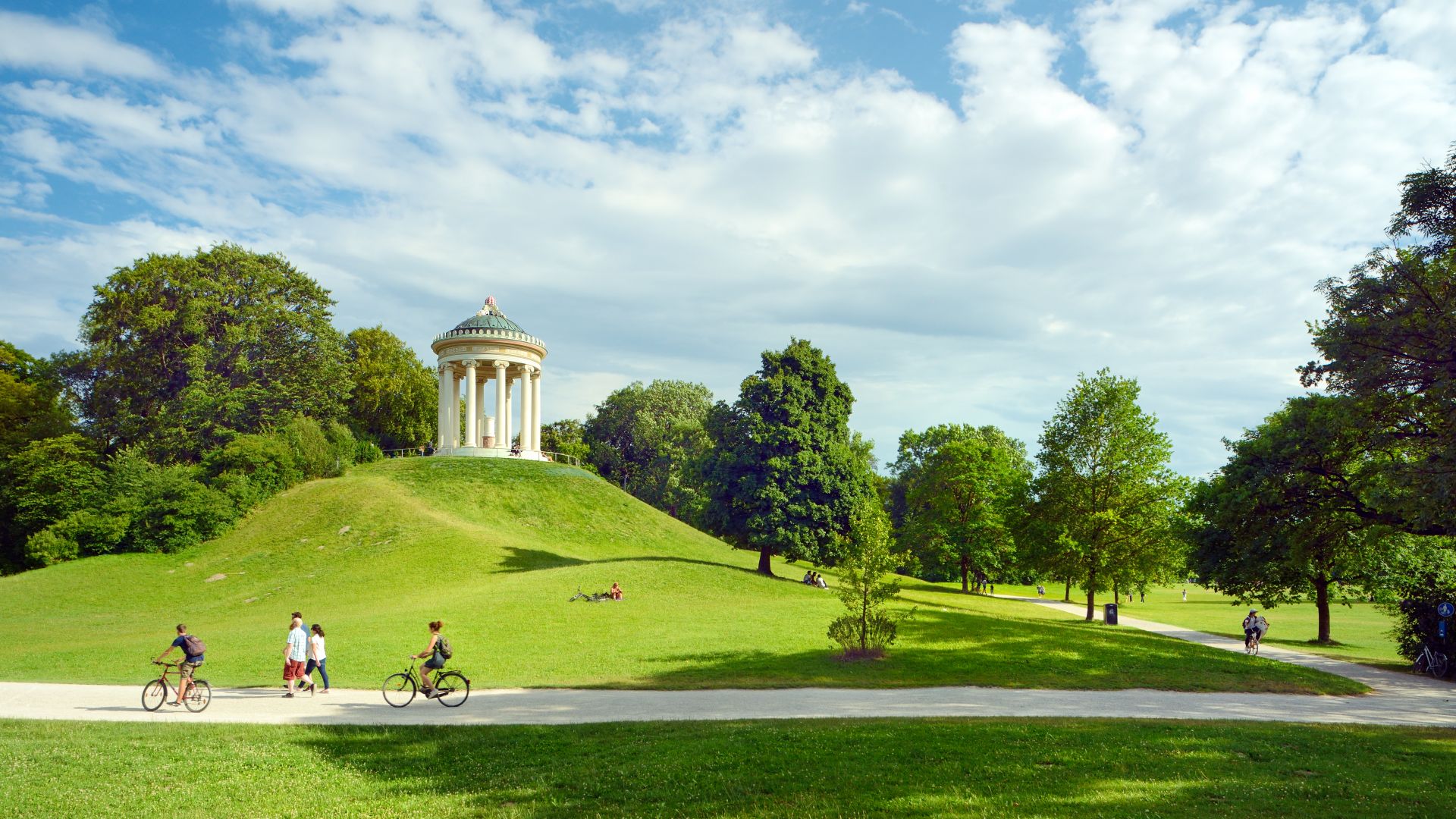 Munich: English Garden
©DZT (Francesco Carovillano)
Munich: English Garden
©DZT (Francesco Carovillano)
The establishment of a People's Park in Munich, intended to be accessible to everyone, was truly something extraordinary: on 13 August 1789, the Bavarian Duke Karl Theodor ordered that the area east of the military gardens be transformed into a people's park. We are extremely fortunate to still be able to stroll, meditate, enjoy a beer or soft drink, feed the ducks, dip our feet in the Isar river or watch the surfers on the Eisbach in the north-east of the Bavarian metropolis, on this magnificent 375-hectare area with its many meadows. Among other things, the 16-metre-high Monopteros building is definitely worth seeing. This elegant temple offers a unique view over the city. Together with the Chinese Tower, it is one of the best-known landmarks of this world-famous park. The English Garden is one of the largest inner-city parks in the world and is even larger than Central Park in New York.
Fairytale Landscapes: Schwetzingen Palace and Gardens
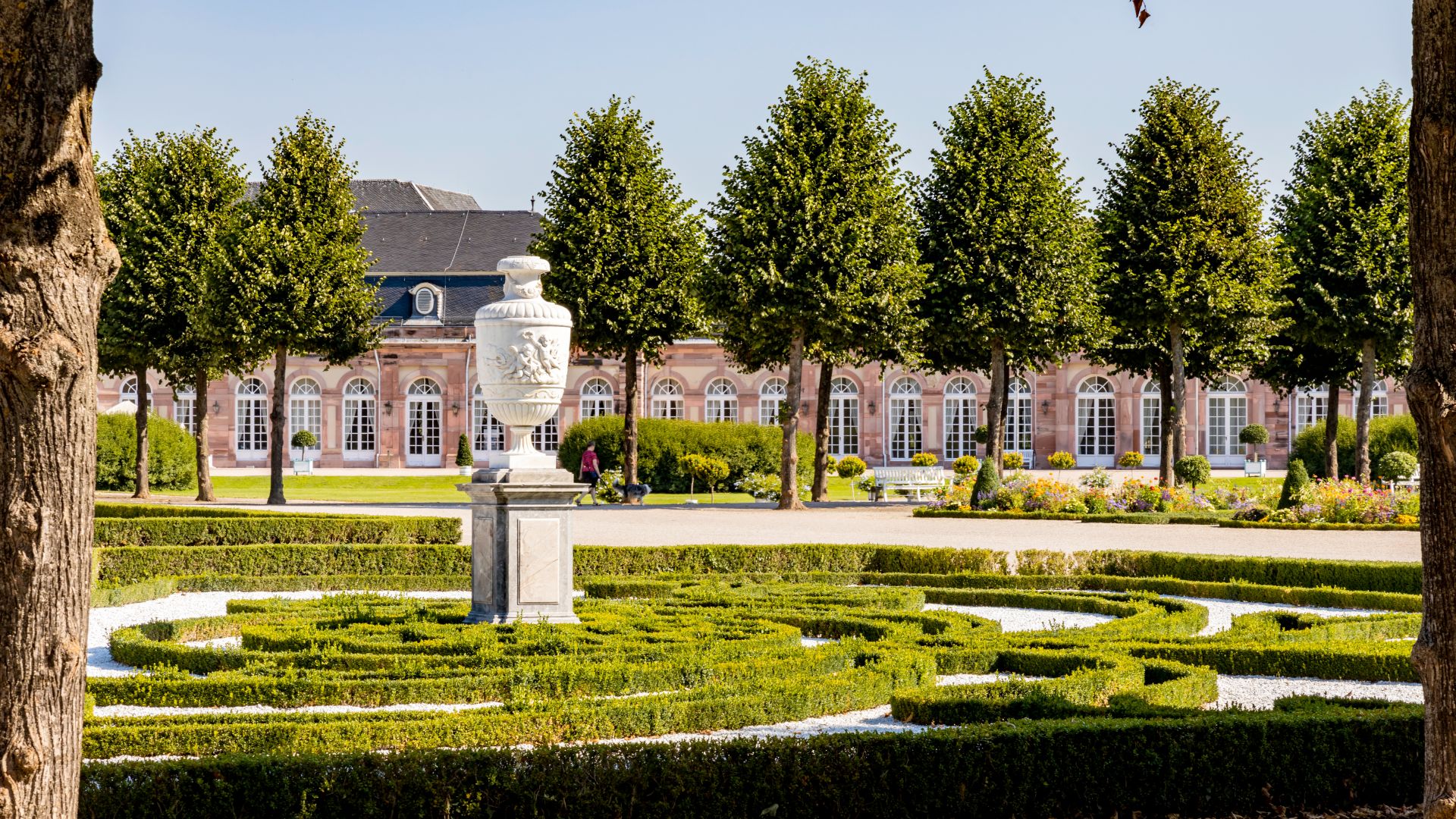 Schwetzingen: Schwetzingen Palace and Gardens
©Adobe Stock (rkbox)
Schwetzingen: Schwetzingen Palace and Gardens
©Adobe Stock (rkbox)
Hardly anywhere else in the world can you experience the charm of a baroque palace and garden as vividly and as close-up as in Schwetzingen. Schwetzingen's park, modelled on Versailles, is unparalleled in Europe. This picturesque summer residence of the Princes of the Palatinate grew out of a small medieval moated castle from the 18th century, and has lost none of its charm to this day. Quite the opposite. Many events, exhibitions and guided tours convey the unique world of Schwetzingen, whose image was shaped not only by princes, but also artists and architects. This image is still showcased today in regular contemporary exhibitions, and that makes this historic place particularly lively and exciting: a masterpiece of European garden art!
Abundant water landscapes and beauty in the UNESCO Garden Kingdom of Dessau
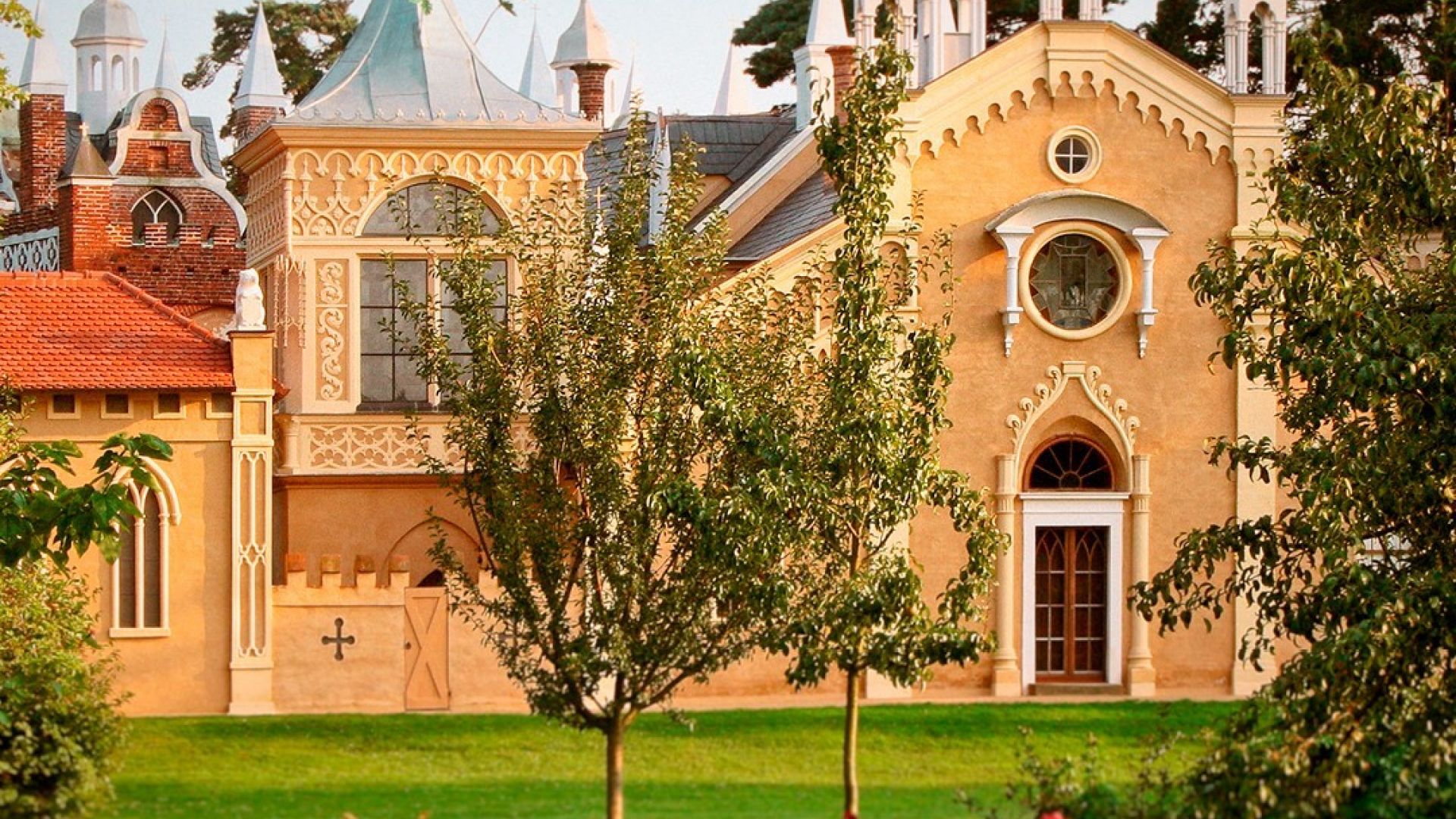 Wörlitz: Gothic House Garden Kingdom Dessau-Wörlitz
©Kulturstiftung Dessau-Wörlitz (Heinz Fräßdorf)
Wörlitz: Gothic House Garden Kingdom Dessau-Wörlitz
©Kulturstiftung Dessau-Wörlitz (Heinz Fräßdorf)
There, where the Elbe River curves picturesquely through Saxony-Anhalt, between the Bauhaus city of Dessau and the Lutherstadt Wittenberg, lies the Garden Kingdom of Dessau-Wörlitz. It was created in the second half of the 18th century and spans 142 square kilometres. To this day, the heart of this area is defined by the historic landscape gardens with their buildings and garden sculptures. In the Garden Kingdom of Dessau, you can explore several large landscape gardens and experience how they are interconnected through extensive landscape designs that respect their natural habitats. This is referred to as the "aestheticisation of the landscape", which served as the world view of its time. The fact that we can experience this today and immerse ourselves in this cultural heritage once again, makes this place something very special. Be sure to check out the interesting series of events that regularly take place here!
Butterflies the size of birds in Frankfurt's Palmengarten
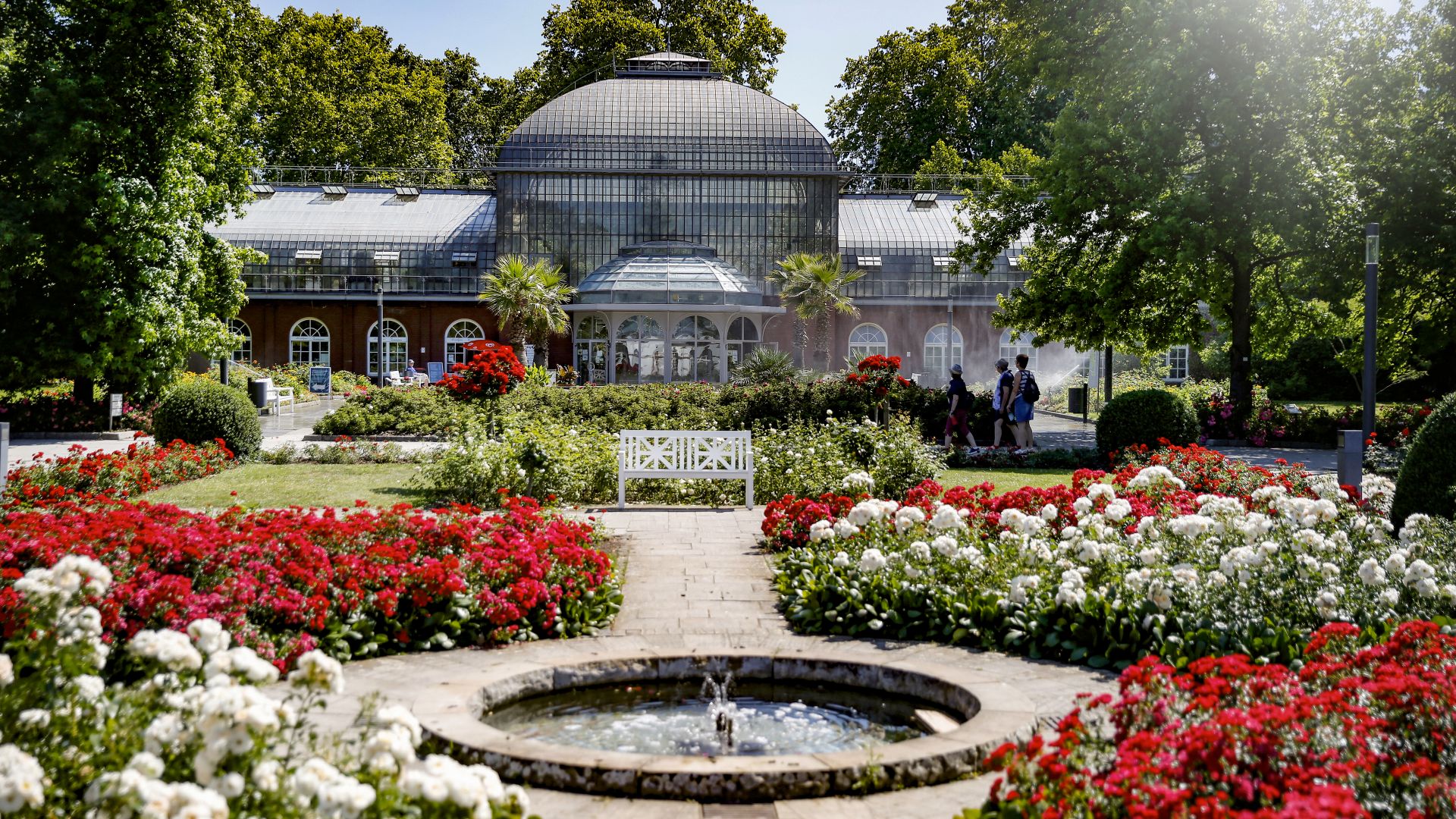 Frankfurt/Main: Palmengarten
©DZT (Christoph Boeckheler)
Frankfurt/Main: Palmengarten
©DZT (Christoph Boeckheler)
A botanical garden in the middle of this metropolis on the Main, flowering there for over 150 years. The Frankfurt Palmengarten is a magical oasis for people of all ages. Experience the enchanting world of butterflies with a guided tour of the Flower and Butterfly House. Here you can admire these magical colourful creatures up close and, with a bit of luck, even watch them emerge from a chrysalis... or possibly get to feed them! The Palm Garden and the Botanical Garden concentrate on different plant collections: the Botanical Garden mainly includes examples of the native flora and other regions of the temperate zones, and the Show and Collection Houses house a variety of tropical plants. It's best to plan an entire day for your visit – or even two!
"Carefree": Sanssouci Palace Gardens, Potsdam
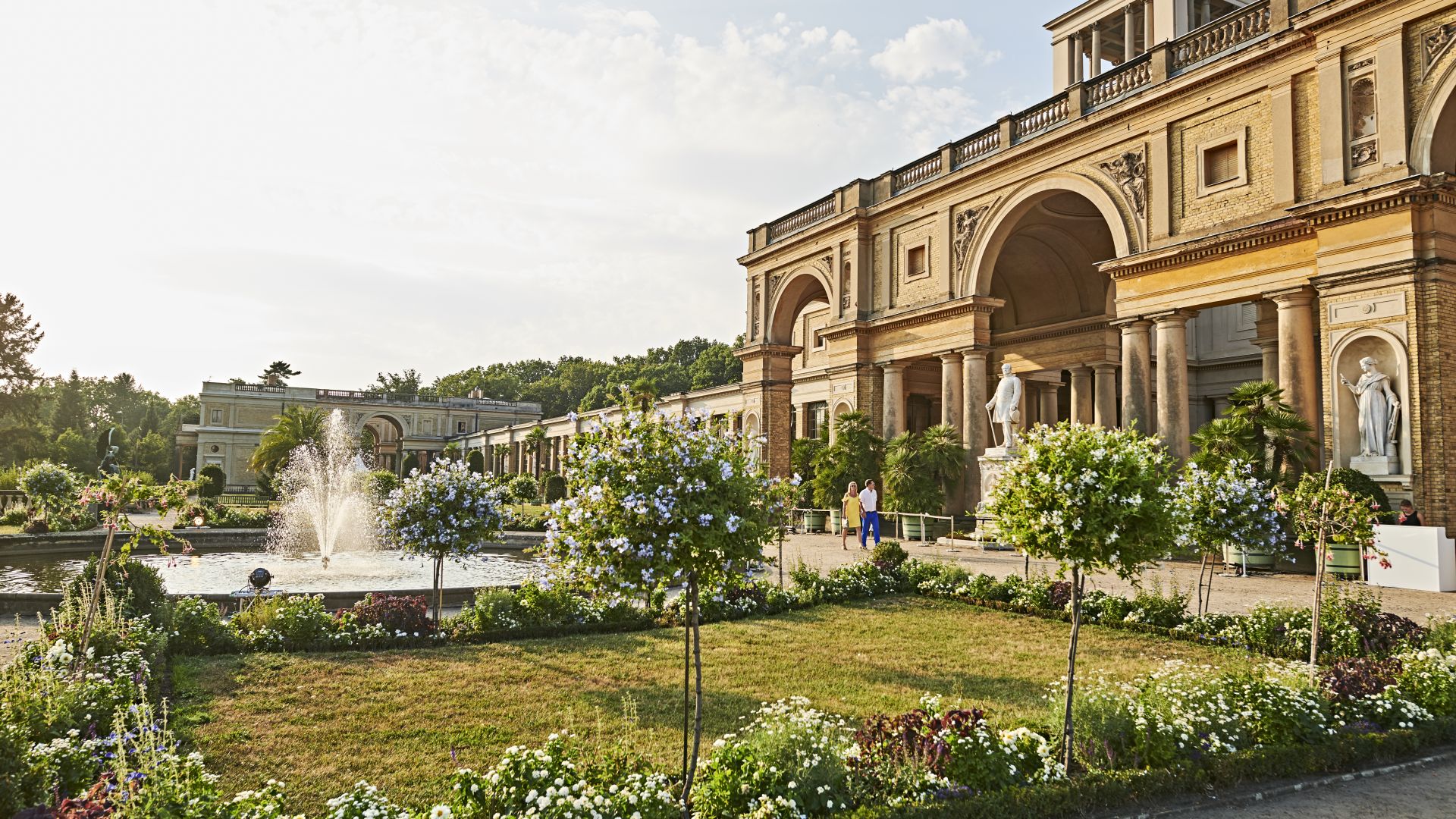 Potsdam: Orangerieschloss im Park Sanssouci
©DZT (Jens Wegener)
Potsdam: Orangerieschloss im Park Sanssouci
©DZT (Jens Wegener)
Walk in the footsteps of King Frederick the Great, as you stroll through Sanssouci Palace and Gardens. This ensemble is also called the "Refuge at the Vineyard", because this is where the king preferred to visit - along with his dogs - in difficult times. This excellently-preserved collection is a real feast for the eyes: the leafy terraces and the palace building exterior and interiors are characterised by a noble elegance. The Picture Gallery of Sanssouci is one of the most magnificent 18th-century buildings in Europe, built specifically for an art collection. At the same time, it is also the oldest preserved art gallery building in Germany. Today, the gallery still houses over 140 world-class paintings from the 16th to 18th centuries – including Caravaggio's "The Incredulity of Saint Thomas". Enjoy nature, culture, architecture, and plenty of history without a care!
Water Features, Garden Theatre, Rose Garden: The Royal Gardens of Herrenhausen in Hanover
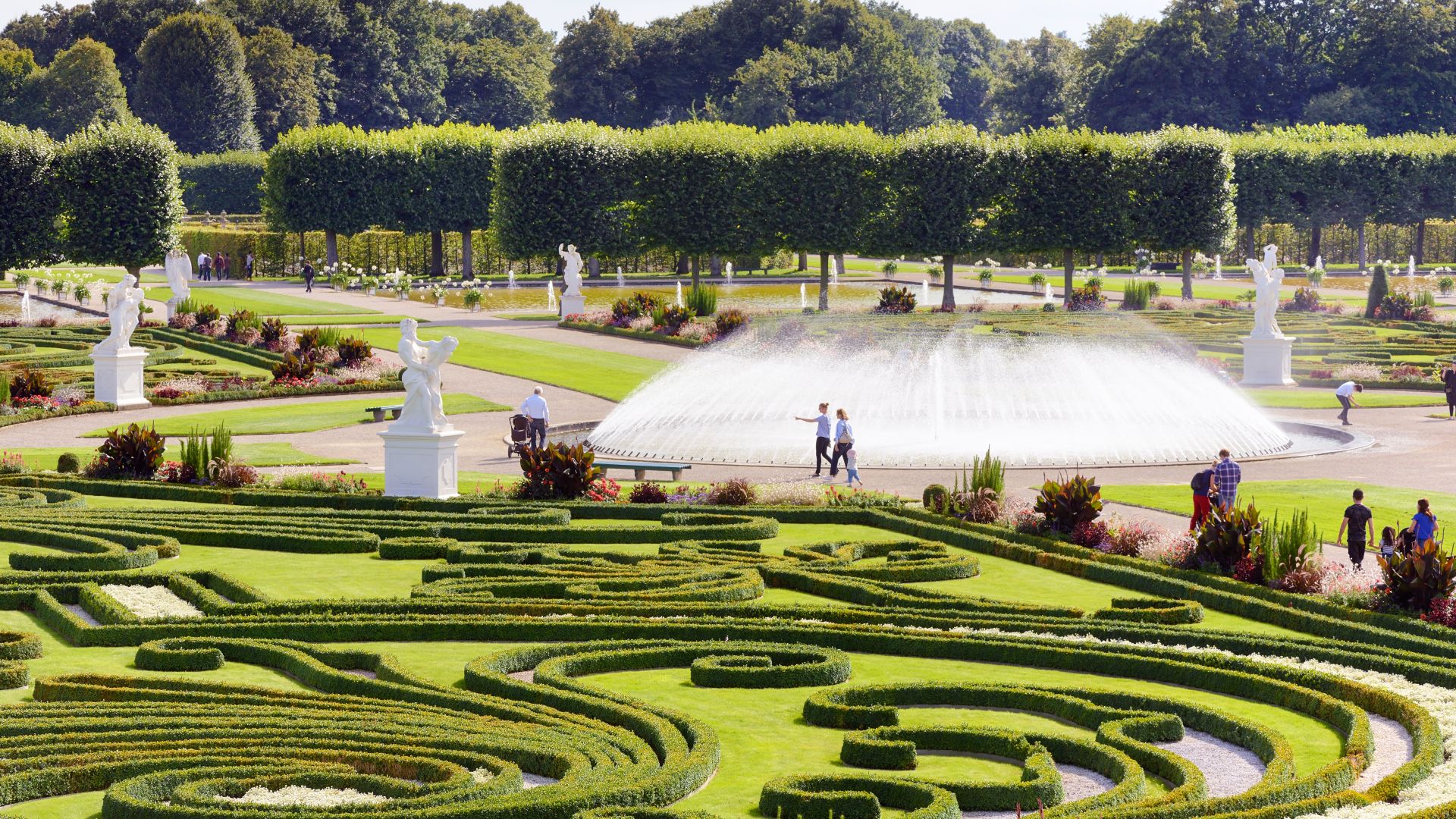 Hannover: Herrenhausen Gardens
©DZT (Francesco Carovillano)
Hannover: Herrenhausen Gardens
©DZT (Francesco Carovillano)
They drape across the landscape like an oversized green and colourful carpet: the Royal Gardens of Herrenhausen, in the heart of the state. There is the "Great Garden", and a baroque garden that has been preserved almost unchanged as a testimony of its time. There are also the specialised gardens: the "Low German Flower Garden", which will delight you with its splendour especially in midsummer, and the "Low German Rose Garden". This romantic garden with fragrant roses and arbours is a example of the connection between gardens and eroticism that was already highly popular in the 16th century: couples walked together accompanied by the sounds of melodious music, the musicians sat in specially constructed wooden arbours - and the lovers could give free rein to their thoughts, stimulated by the beguiling fragrance of roses. Times change, but a rose is a rose...!
UNESCO World Heritage Site: the Fürst-Pückler Park at Bad Muskau
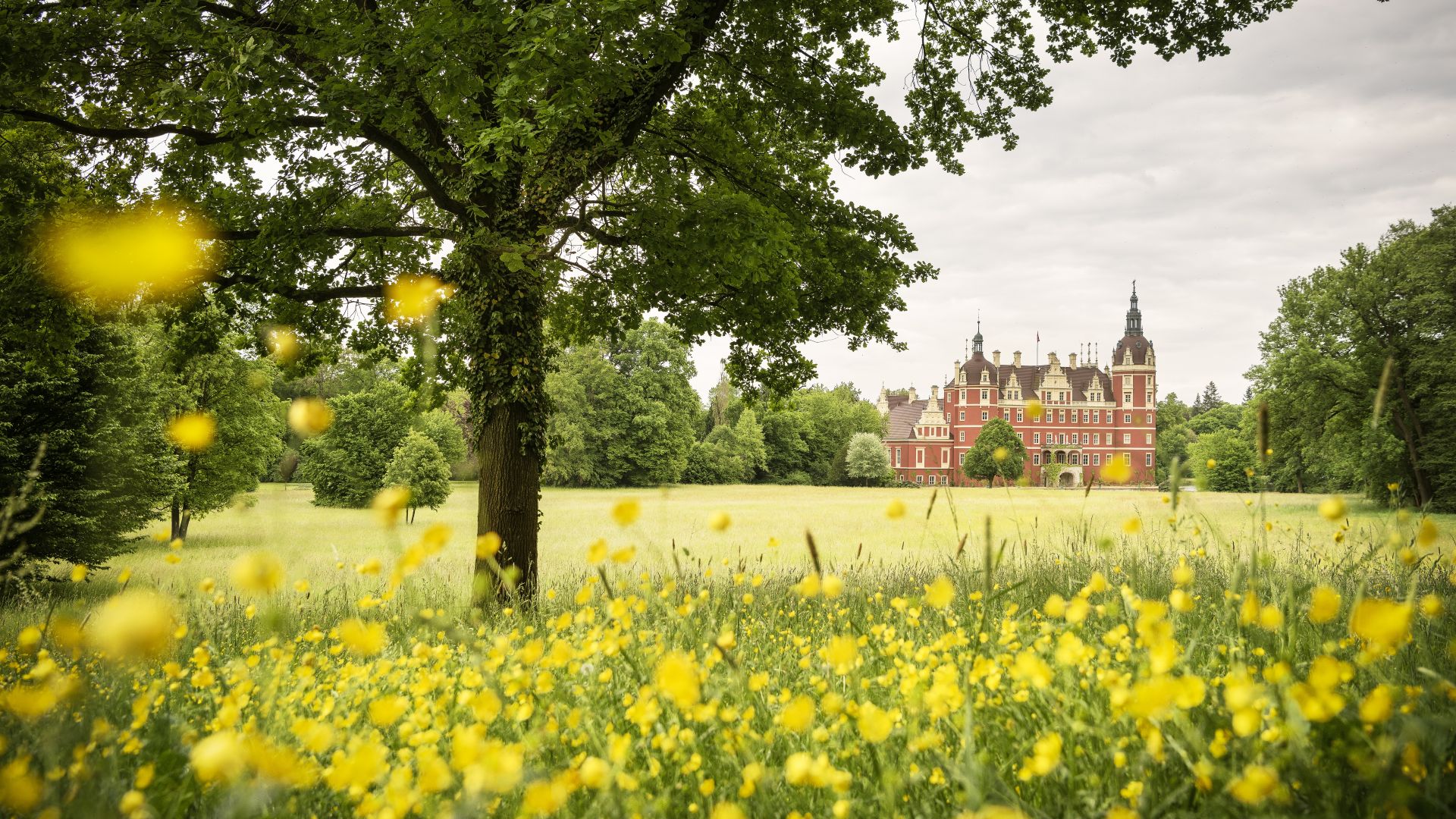 Bad Muskau: Neues Schloss mit Fürst Pückler Park, UNESCO Welterbe
©Lookphotos (Günther Bayerl)
Bad Muskau: Neues Schloss mit Fürst Pückler Park, UNESCO Welterbe
©Lookphotos (Günther Bayerl)
Parkomania resulting in a wonderful long-lasting impact – this is how you could describe the work of Hermann Fürst von Pückler-Muskau: in 1815, the prince dreamed of creating a landscape garden, which at that time would be unparalleled anywhere in the world. With this goal in mind, he designed his park in an extraordinarily modern and artistic manner and so became one of Germany's most important landscape designers. It was decided that the park should be laid out strictly with the landscape's inherent resources, inspired by nature, by retaining the existing natural features as far as possible and by making the architecture subordinate to the landscape's own scale. Successfully so: since 2004, the park has been included on the UNESCO World Heritage List. This Prince of nature is considered the founder of modern landscape design, with influences that extended beyond Europe to America.